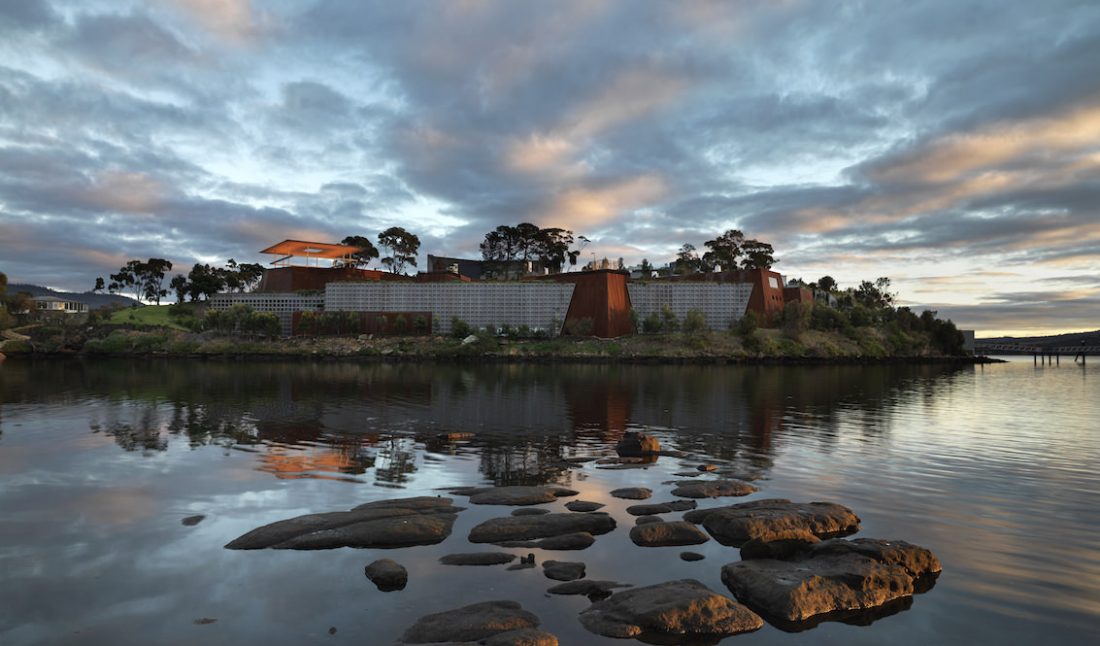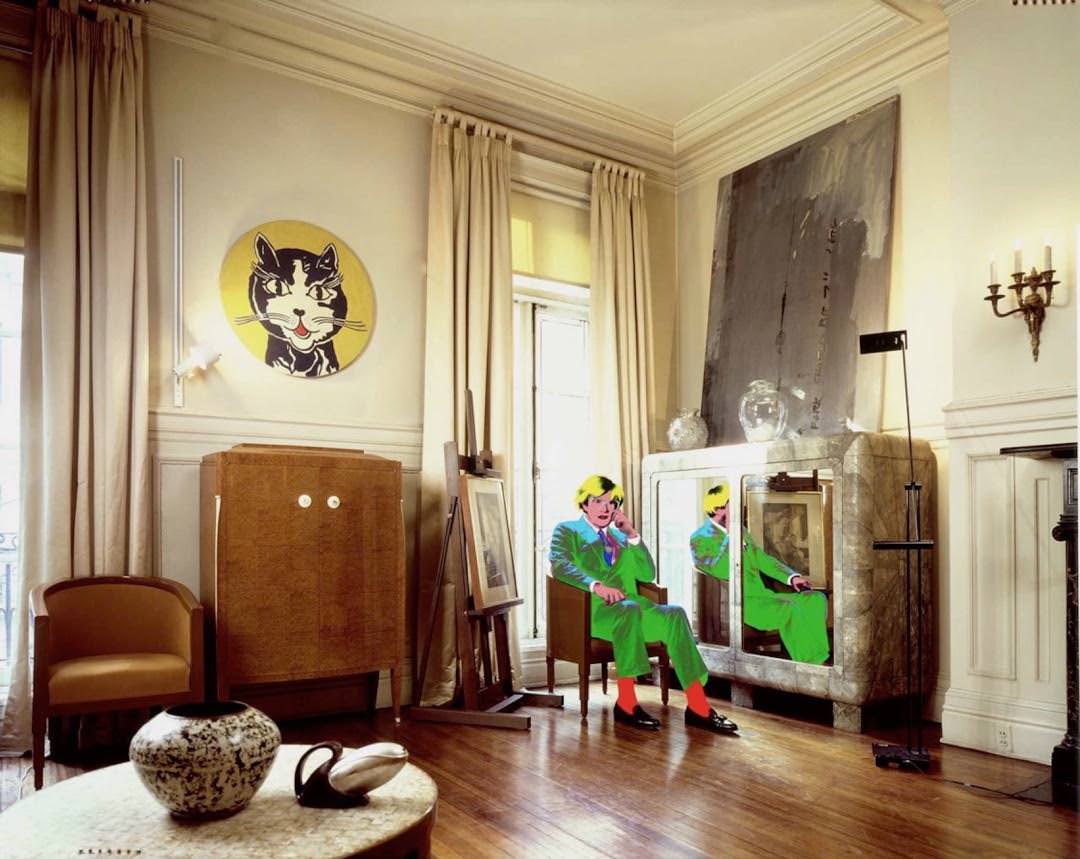On a perfectly clear fall day like the one on which I visited, the Museum of Old and New Art (MONA) in Tasmania, Australia, appears to be a picturesque venue offering a leisurely afternoon of art viewing and wine tasting at the onsite vineyard. It’s only when you descend beneath the depths of the subterranean museum that you realize there is an entire world of weird and wonderful creations lurking 20 meters below the surface.
The museum recently celebrated its fifth anniversary, and David Walsh and his team have no intentions of slowing down. I sat down with Nicole Durling, one of the chief curators, who has been with MONA since its inception, to learn more about its increasing popularity and what’s on for the future.
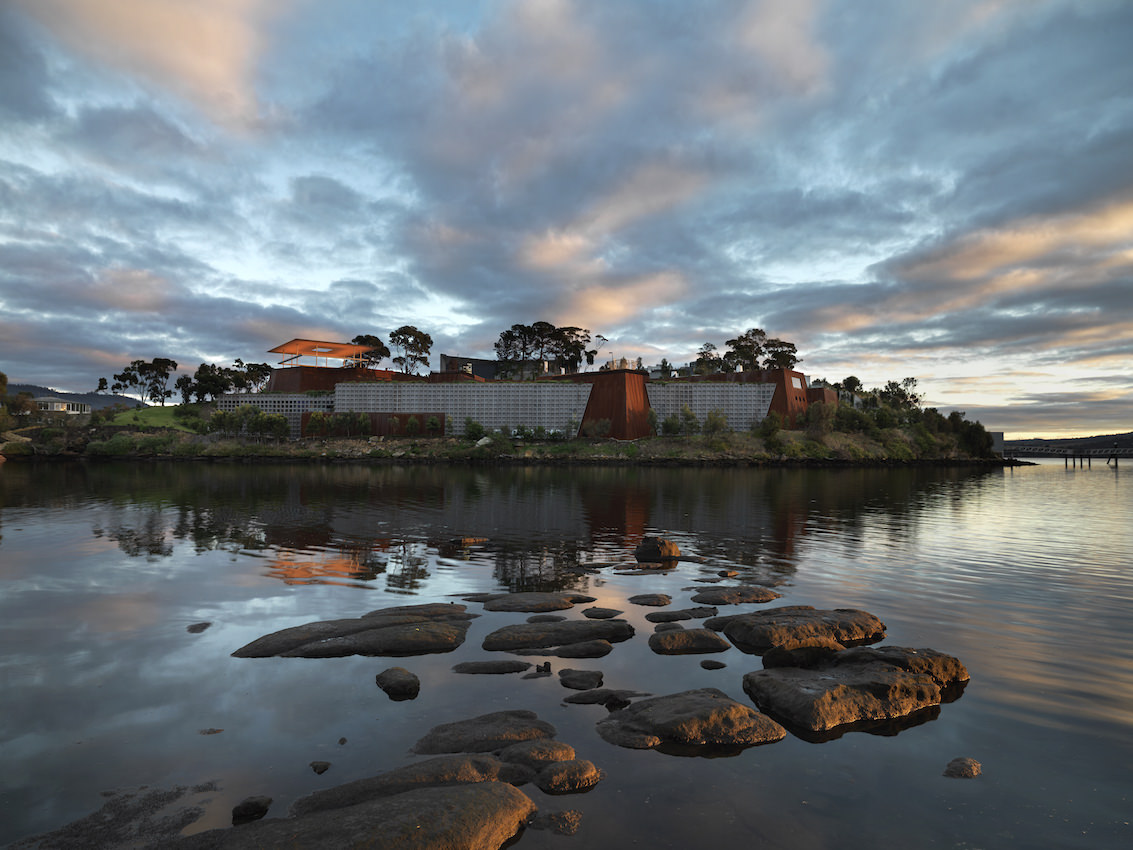 Courtesy of MONA
Courtesy of MONA
WHITEWALL: How would you describe MONA’s collection compared to more traditional museums?
NICOLE DURLING: MONA is basically at the bottom of the world, out of people’s geographical mindsets, but we always say that the interesting ideas happen on the periphery. That’s certainly where we are geographically located, and it’s also where we philosophically locate ourselves—at the periphery, at the edge. I guess that’s potentially where more risks would be taken. We don’t have the spotlight of big cities and the pressures to conform. The collection goes back to Neolithic arrow tips and spear points through to brand-new commissioned works. In no way is it the best example of every area that we collect in, it is in no way exhaustive of all types of creative human pursuits, but it is very eclectic and in a true sense a connoisseur’s collection. We collect in areas where we are interested, that have some sort of personal—whether it’s to the owner or to the ideas we are exploring—meaning.
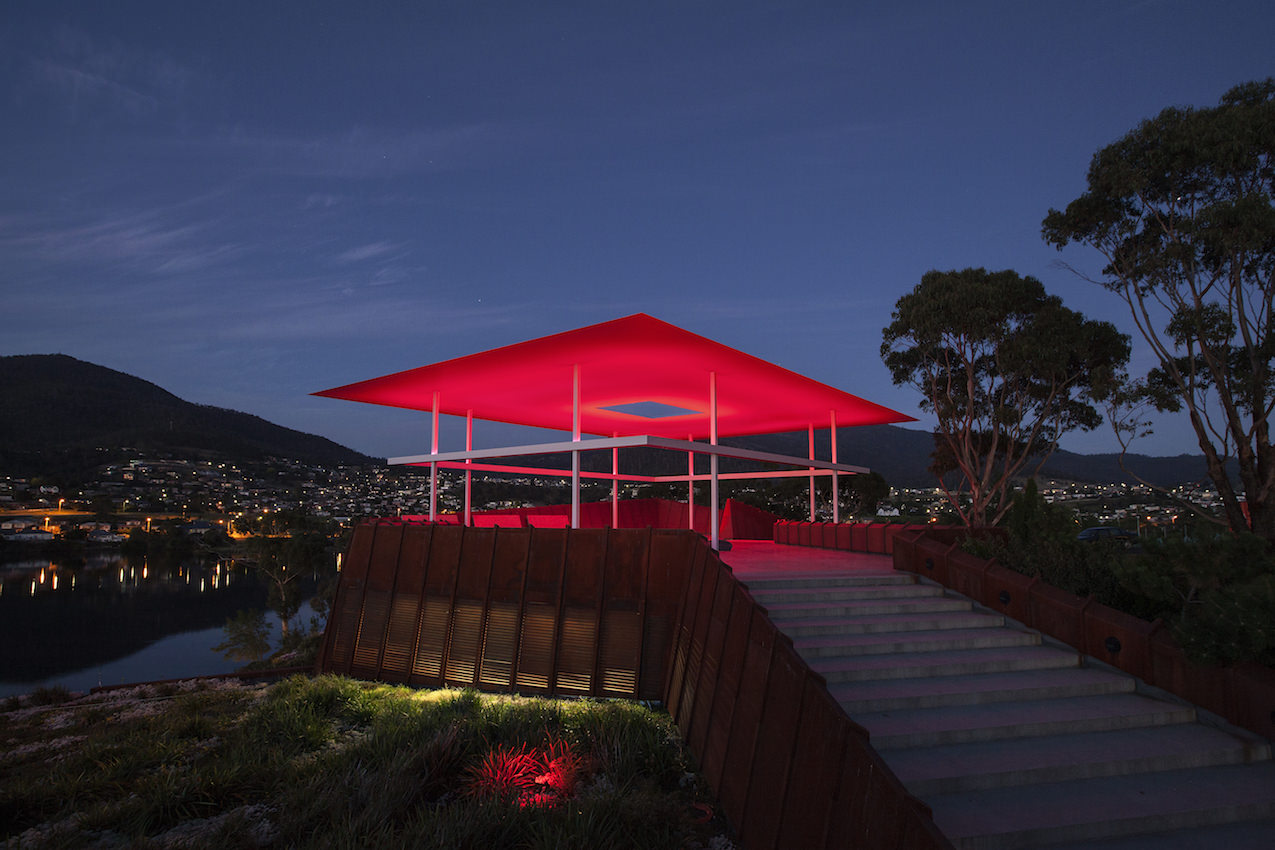 Courtesy of MONA
Courtesy of MONA
The collection is really the core of what we do. The objects are from antiquity through to modern video works, and the way that we think is that all art is contemporary. Something from 10,000 years ago has survived and is here in the world now, and the way that we look upon it and view it has as much relevance as something being created today. The core approach to how MONA tries to display our collection and present exhibitions revolves around human creativity, what interests us, what motivates us, and what makes us who we are.
WW: What are some of the things you’ve found most surprising within these first five years?
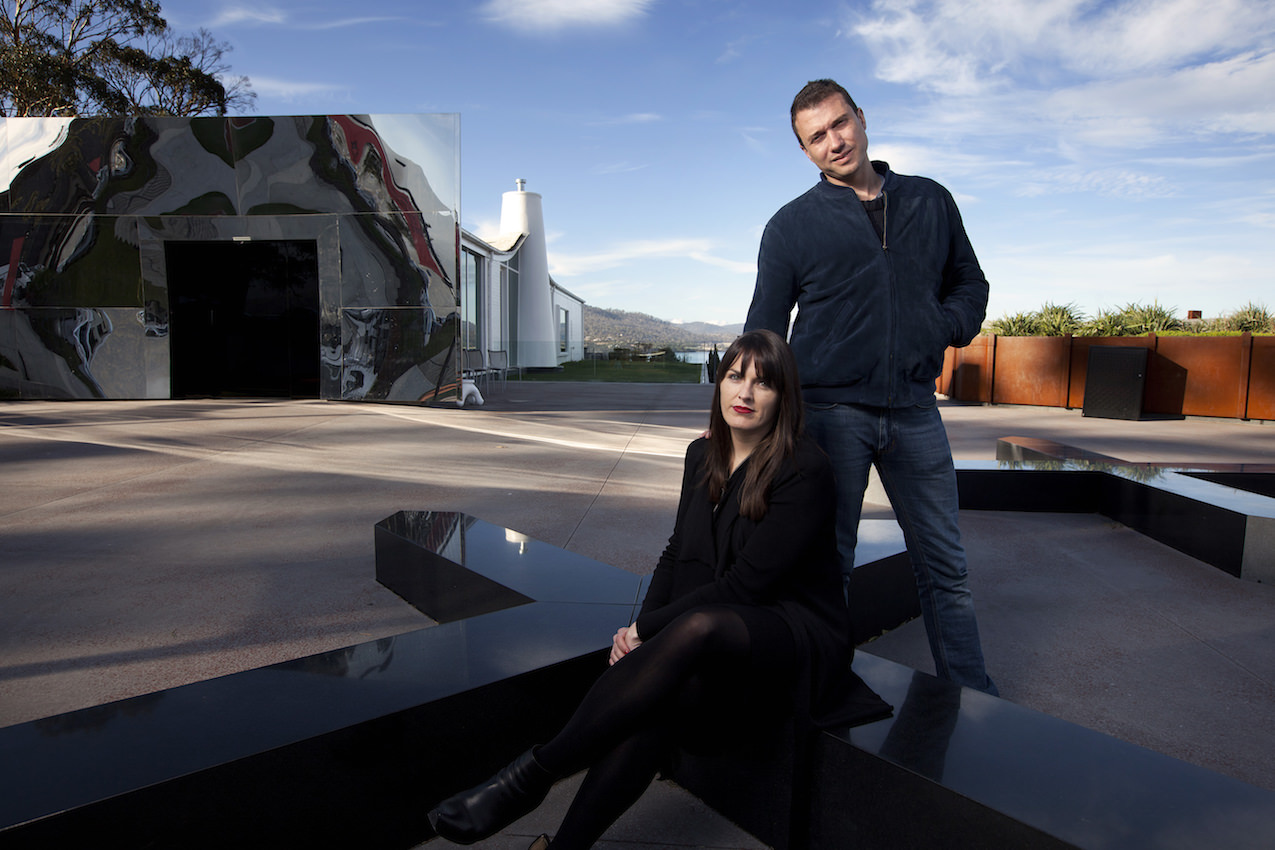 Courtesy of MONA
Courtesy of MONA
ND: There have been quite a few surprises along the way. When we were first proposing what MONA might be, we certainly didn’t have an end goal in mind. It was very much a process of learning, and it still to this day is a site for learning for us. David Walsh says the one thing that really surprised him was how the museum was embraced by people. He was always an outsider, and always considered himself an outsider, so the fact that he was doing something that interested himself as well as attracted the foundational team that came on board and had previously held more traditional or formulaic art-historical careers was a surprise to him.
WW: What is the curation process like?
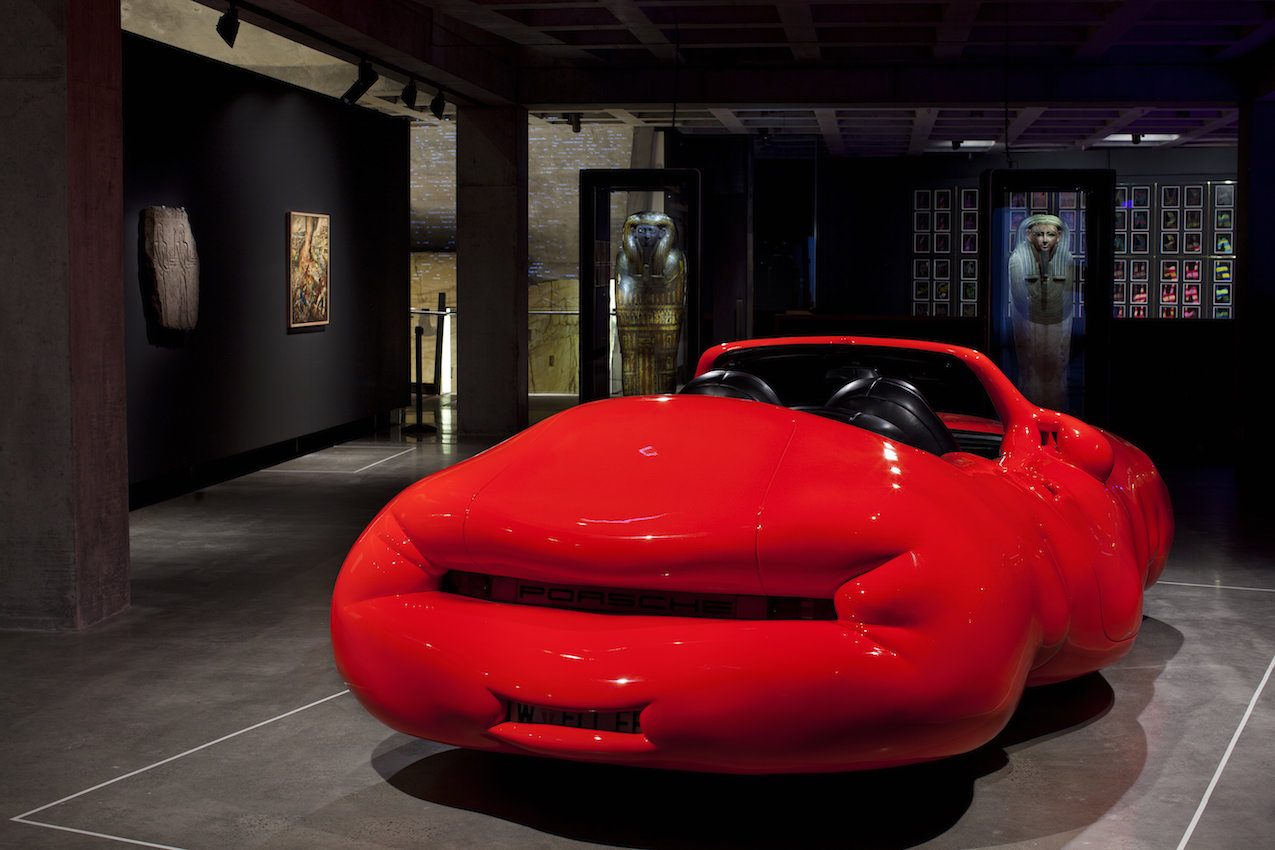 Courtesy of MONA
Courtesy of MONA
ND: There are two directors of the museum, myself and Olivier Varenne, who is based in London. We have both been working with David for ten years. Mostly, Olivier and I will generate the selection of exhibitions; however, we’ve assembled a long list of artists and different areas of interest after ten years of working very closely with David, plus other colleagues within the curatorial team. Sometimes it’s just fortuitous that an artist is ready to go with a particular project, and the stars align. For us, it’s all about the ideas behind the work, and if the ideas are interesting to us, we will pursue that project.
WW: What are some of the projects you are looking forward to?
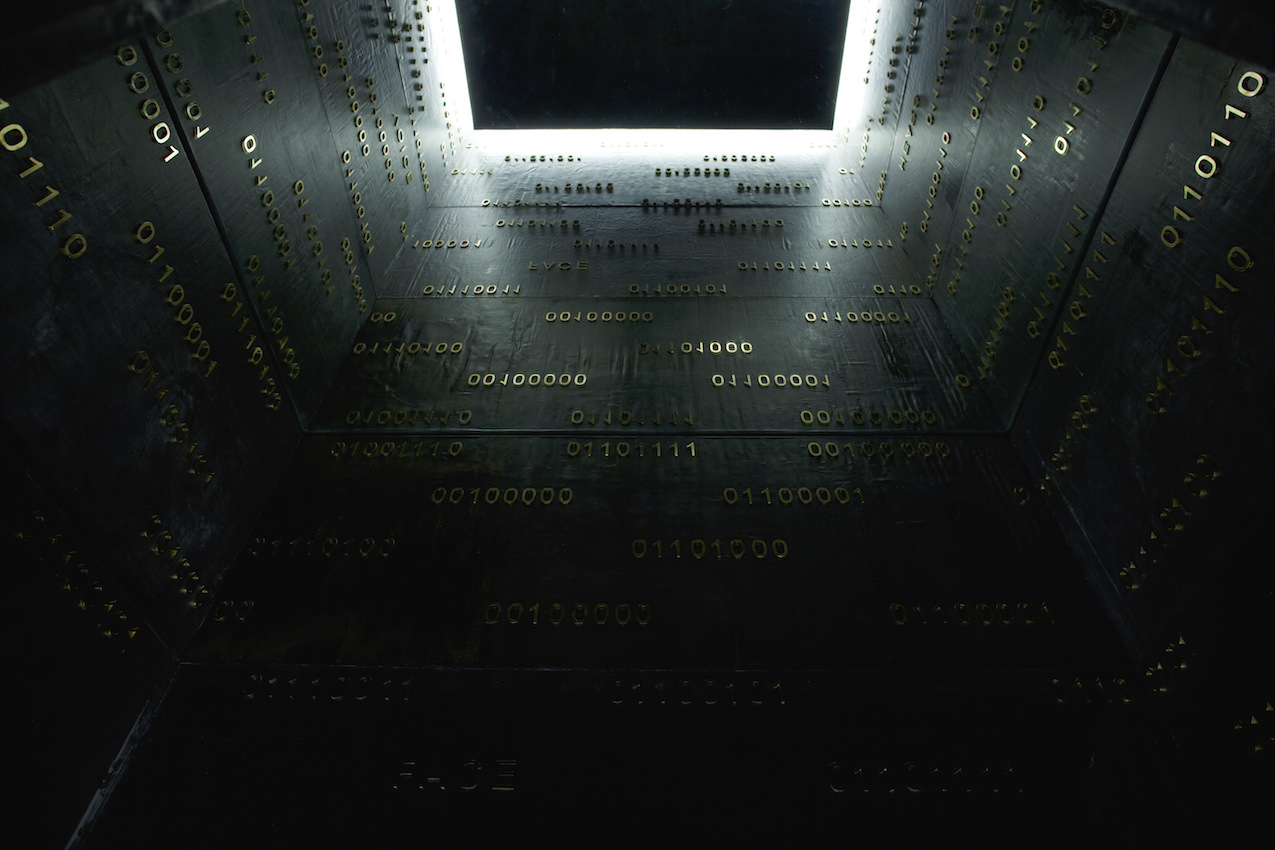 Courtesy of MONA
Courtesy of MONA
ND: We have a very big exhibition coming up in November titled “On the Origin of Art” and that is the biggest exhibition we will have ever done—the most ambitious and the most complex. This is the quintessential MONA exhibition. It is curated by four guest curators who aren’t artists or art historians. They are specialists in their different fields but all have theories around Darwinian evolutionary theory, about why we do what we do. That exhibition has been something we have been working on since the museum opened. One of the joys of the exhibition is having that group dialogue together, but also at the same time it’s incredibly tricky to be working with four individuals outside the museum.
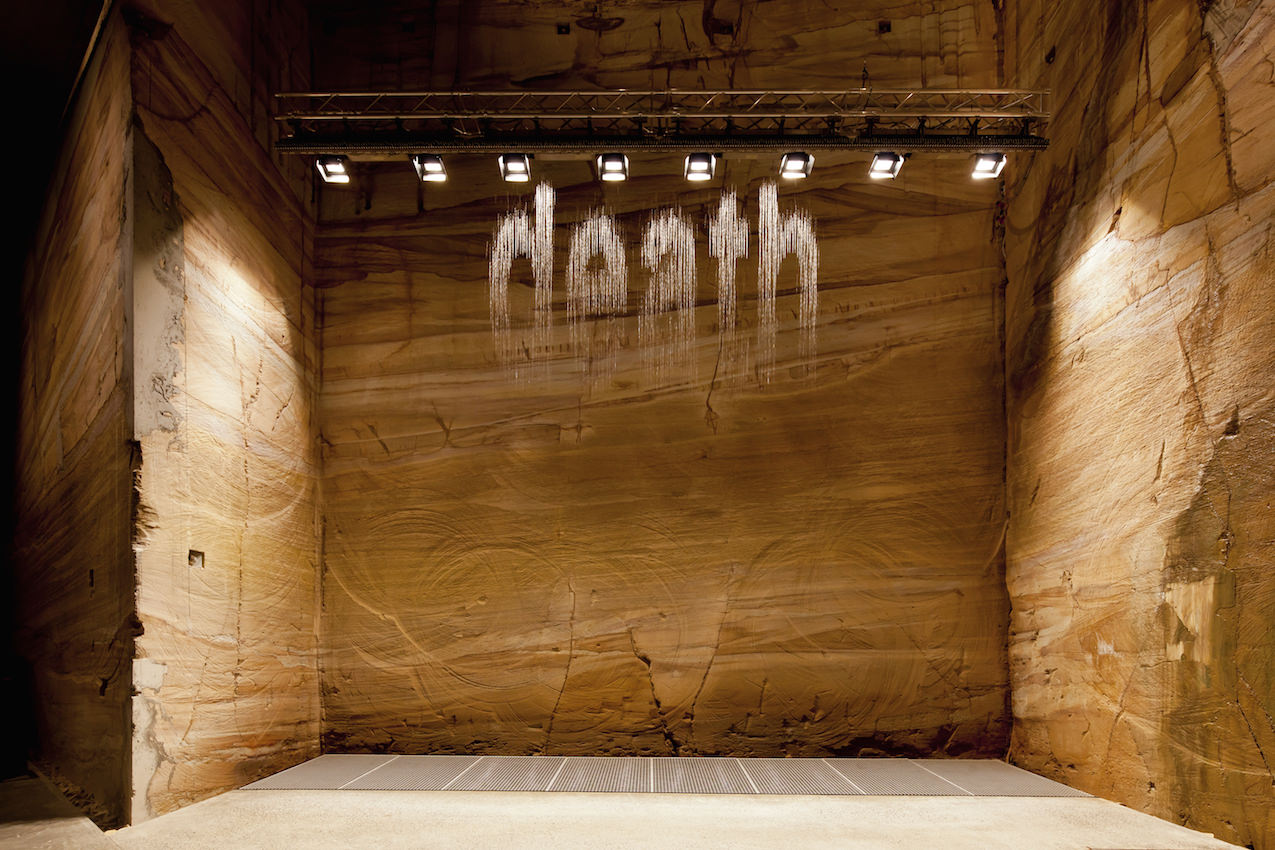 Courtesy of MONA
Courtesy of MONA
This article appears in Whitewall‘s fall 2016 Fashion Issue.






